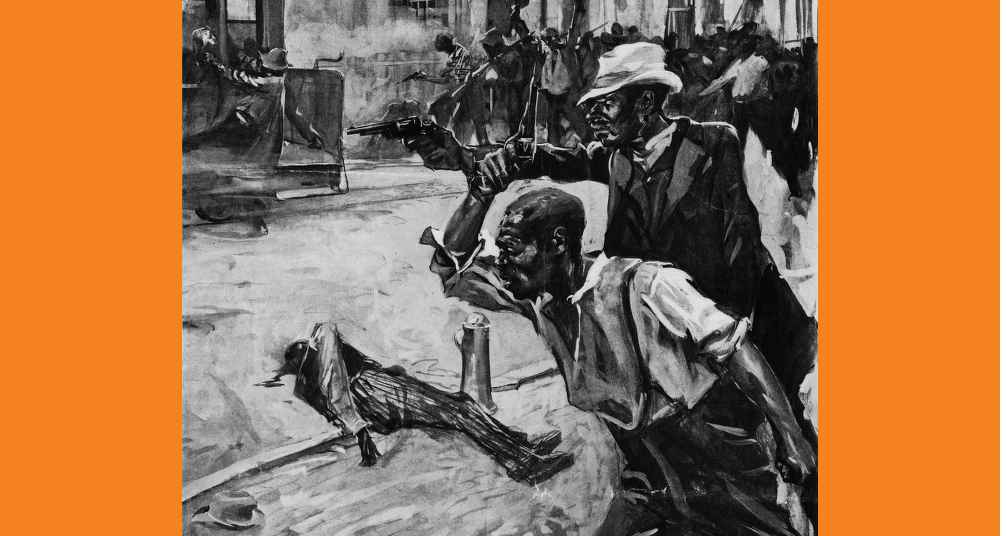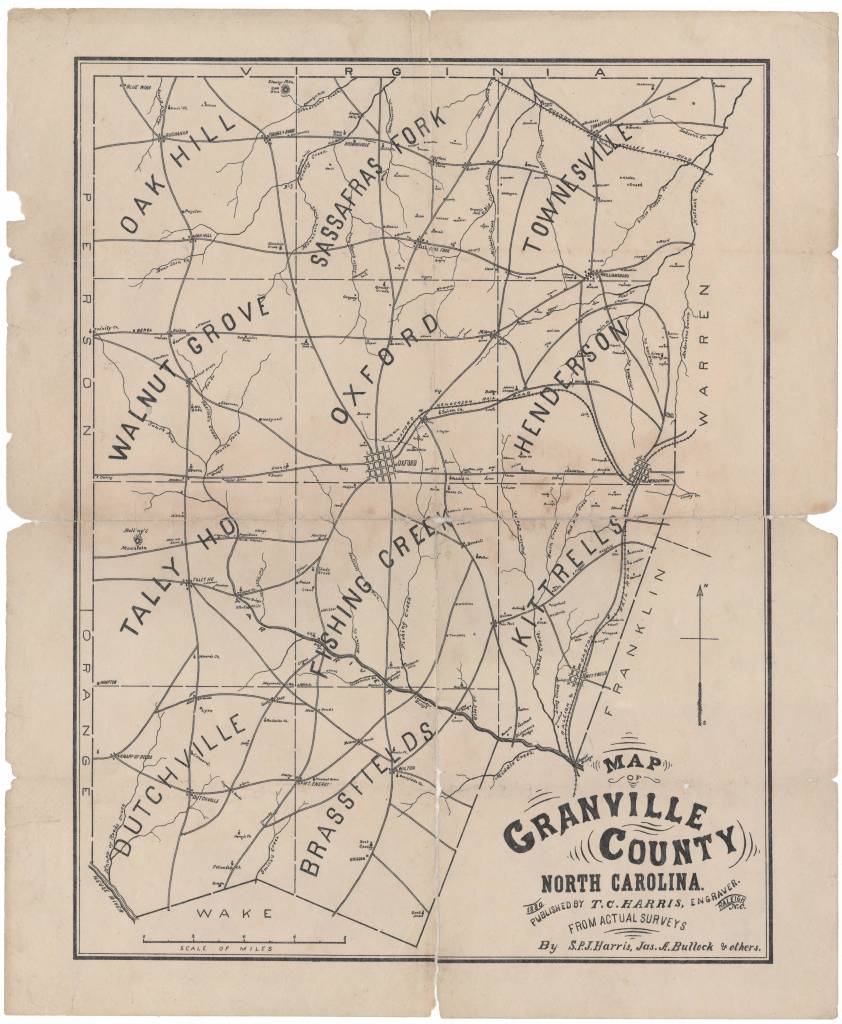Finding Edna Ferber’s ShowboatPosted in Articles, History, Literary/Artistic Criticism, Media Archive, Passing, United States on 2019-02-14 01:23Z by Steven |
Finding Edna Ferber’s Showboat
David Cecelski: New writing, collected essays, latest discoveries
2018-03-10
 Souvenir program from the world premier of the first Showboat movie in 1929. Courtesy, Beinecke Library, Yale University |
I don’t know how the great American novelist, short story writer and playwright Edna Ferber heard about the little river town of Winton, N.C.
But I know she did. In a collection of her research notes that I found at the Beinecke Rare Book and Manuscript Library at Yale when I was in New Haven, Conn. last summer, she scratched the following:
Winton, N.C.—The Croatans, relic of the lost Roanoke Island
settlement. Tar River. White negroes.
Winton is a no-stoplight town in Hertford County, on the Chowan River (not the Tar River), in a rural part of northeastern N.C., between the Albemarle Sound and the Great Dismal Swamp.
I was a surprised to find a reference to Winton in the notes of a New York writer like Edna Ferber.
I was also a little surprised to discover a reference to Winton in an archive like the Beinecke Library, a sleek, modern, glass-walled vault of literary and historical treasures in the heart of Yale’s campus.
So of course I had to wonder: why was Edna Ferber interested in Winton? And what did the Croatan Indians and the “lost Roanoke settlement”—the Lost Colony—have to do with anything? And last but not least, what did she mean by “white negroes”?
In today’s post, I’d like to explore those questions. By the end of considering them, I hope we will understand northeastern N.C.’s history a little better and understand where Edna Ferber found at least some of the inspiration for her most popular and enduring literary work…
Read the entire article here.





